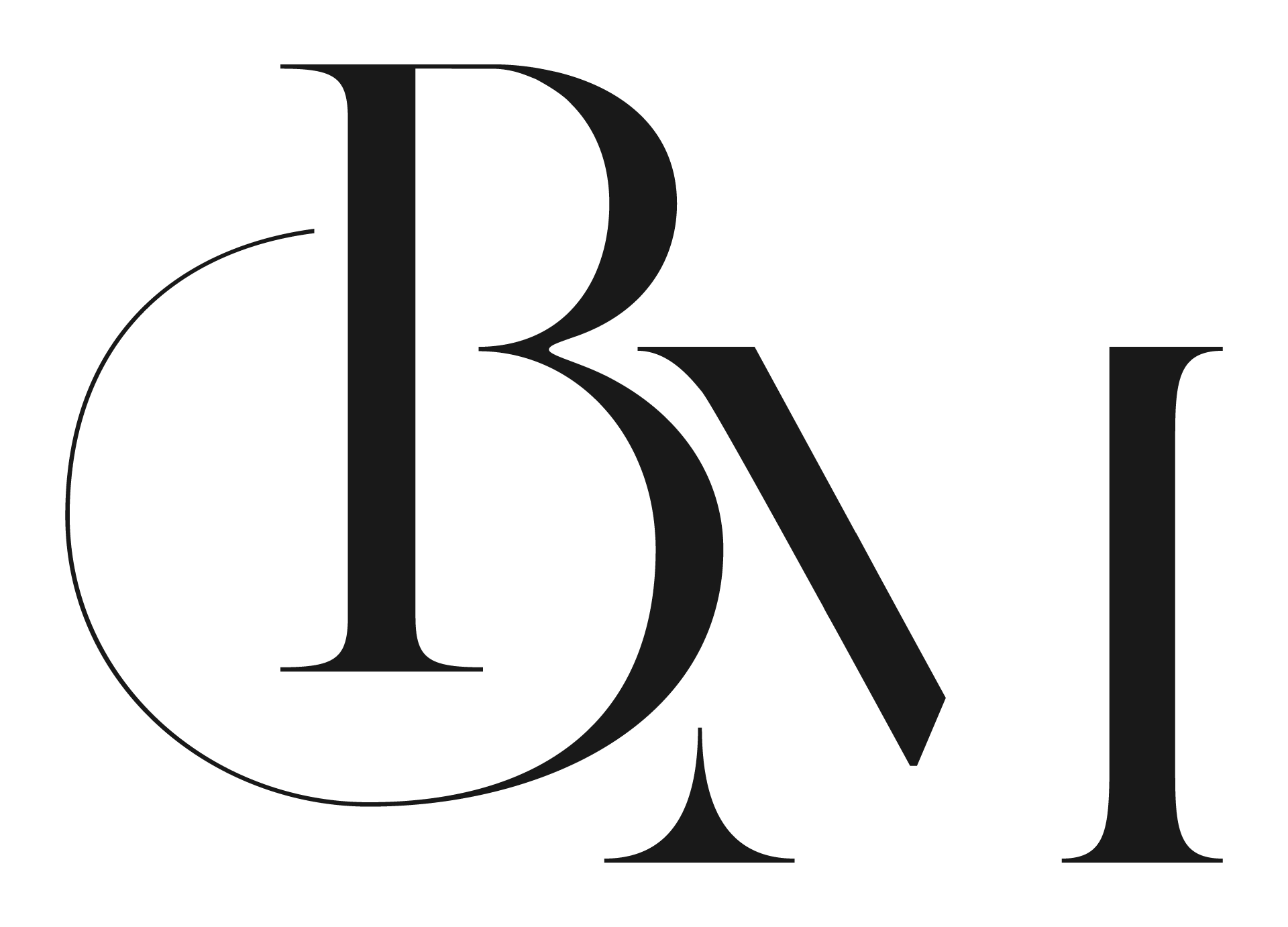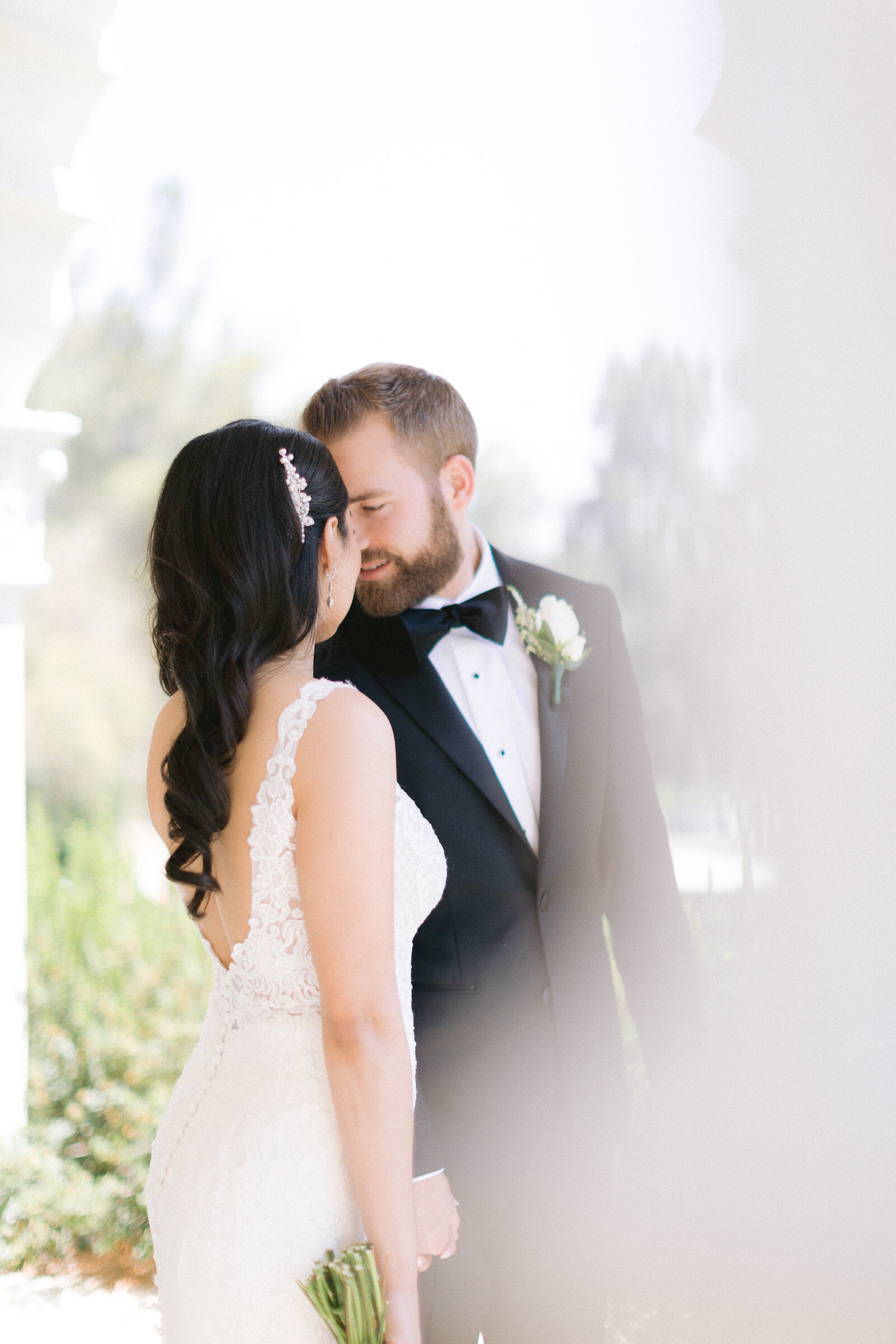Second shooters and why they’re the bomb
You’re engaged! And starting the wedding planning process. And likely already overwhelmed…
I’ve had consultation calls with clients before where they’re apologizing for not knowing how something works. That’s okay! Chances are, you’ve never done this before. You’ve never booked a photographer for your wedding before, and it’s perfectly alright to ask questions about what things are or how they work. Today I’m here to explain second shooters, and why I advocate for them in almost all of my packages. And I’ll start with saying this much—it’s not at all a way to try to get you to spend more, because the entire 2nd shooter fee goes to paying that shooter’s wage (or if there’s anything left over, it basically pays for the extra time it takes me to go through and edit the 1000+ photos that 2nd shooter took).
What is a 2nd shooter?
It’s pretty much what it sounds like—a second person shooting with the primary shooter. I second shoot for other photographers often, and there are some things that you may not realize they’re good for. So lemme tell ya!!
What does a 2nd shooter do?
The basic functions of a 2nd shooter are to (1) allow the primary to be in two places at once, and (2) to capture additional angles of events and portraits and make sure nothing is missed.
A 2nd shooter will often cover the groom and groomsmen getting ready shots while the primary is with the girls. When I 2nd shoot, I also often capture reception details during things like family photos. With all-in-one venues, we need to try make sure we get these details before guests enter the space, set their coats down, or anything. We need a fresh scene. You may be wondering, “Okay, so can’t you just do it in the morning before anyone arrives?” Well… not really. Other vendors can’t set up early for numerous reasons, such as time limitations at the venue, repurposing florals from the ceremony space (to save YOU money), not lighting candles early for fire safety, etc. Having two shooters is important to get all the events and details covered.
“Multiple angles” is pretty self-explanatory, but let me tell a little anecdote: I once shot a wedding as a 2nd photographer where the grand entrance happened suddenly and quickly. Afterwards, the primary looked over at me all bug-eyed, so I showed him the shots I got of it off the back of my camera. He said, “Thank God you got that, because I didn’t at all.” Boom! That couple would’ve had no grand entrance photos if there wasn’t a second shooter. This was even a small and laid-back wedding. My shot pictured here!
Second shooters also keep the primary shooters in check. They make sure all the shots are done (i.e. “Did you photograph the bouquet or should I do that quick while you take these portraits?”), they grab water for the primary when it’s busy and hot, they often hold the veil/bouquet during the portraits they’re not necessary, they switch out gear for the primary when the primary is busy, mine even help me switch out my rolls of film so I can continue working, and MORE! They do so much!
Videographers and 2nd shooters
While I’m not offering videography at the moment, I have a strong background in wedding videography and feel like I should note about 2nd shooters and video. The above is mostly a mindset of photography 2nd shooters, but the same things apply for video too. A lot of my couples opted to add-on the fully edited ceremony with their videography package, and this is impossible as a solo shooter. A minimum of 3 camera angles are required to film a full ceremony, and at least two need to be manned at all times to ensure there is never a blip in coverage. Other things that are usually impossible or next-to impossible as a solo shooter: drone coverage, groom prep, reception details, full ceremony, full toasts, extra lighting (sometimes necessary for post-sunset events like toasts), and more.
When is a 2nd shooter not necessary?
There are definitely times a 2nd shooter is overkill. I generally can shoot small elopements and microweddings (up to 25 guests) by myself just fine. But keep in mind what is most important to you when it comes to the photos. Do you want a lot of photos of your guests, whether posed or candids? If so, I STRONGLY urge you to add on the 2nd shooter, even if you only have 10 guests. If this is really out of the question for whatever reason, we need to work in a part into the timeline when I can focus on getting these shots of your guests (otherwise I’m too busy doing the details, posed portraits, etc).
I also find that a lot of the great candid portraits even of the bride + groom are 2nd shooter photos. While the primary is directing poses, a 2nd shooter can be snapping those in-between moments. Since I personally 2nd shoot for other photographers a lot, I’ve really grown to love candids in my style. And if you’re hiring me for that candid style, it’s almost necessary to have a 2nd shooter.
While I do understand budget concerns, think of it this way: you’re already spending a couple thousand dollars on your photography; what’s a couple hundred more to add on important memories captured?
Tipping the 2nd photographer
While tipping as a whole is never required or even expected, it’s always super appreciated. Sometimes the lead photographer will split their tip with the 2nd shooter, sometimes the couple tips them individually. If you want to make sure both your photographer and their 2nd shooter are shown your full appreciation, I recommend tipping both instead of just the primary (not all primaries split their tip). Don’t be afraid to ask if you’re not sure how to go about this. Again, you’re certainly not required to tip at all and it’s totally up to you, but 2nd shooters do a TON behind the scenes at a wedding and deserve part of the photography tip if you plan to leave one.
Have questions about 2nd shooters?










